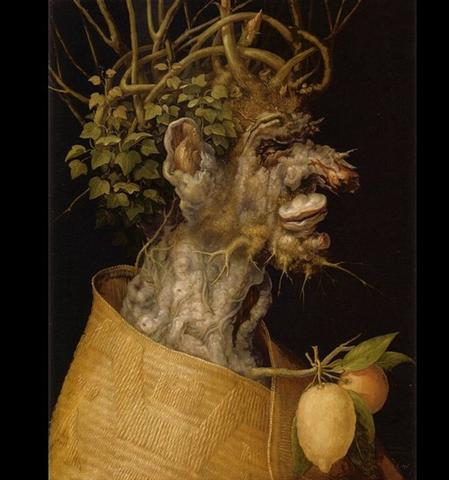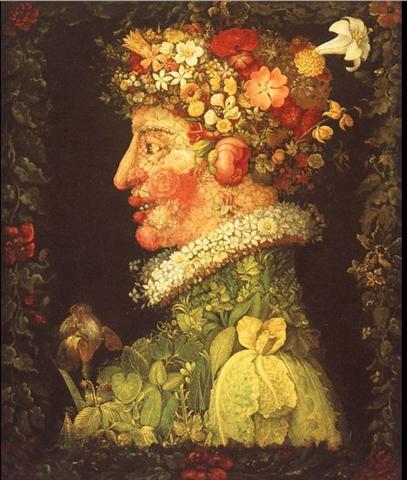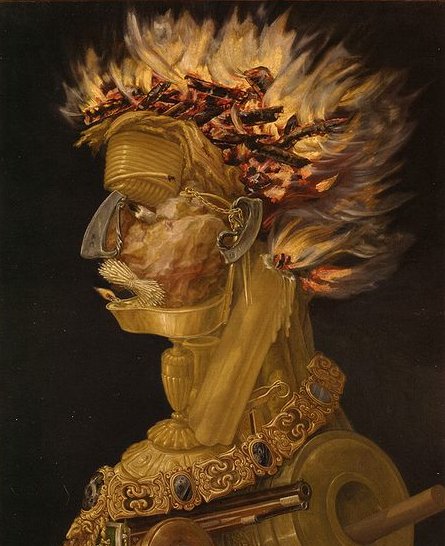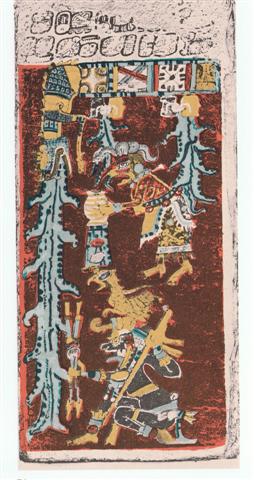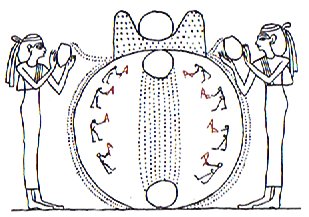Once again. The C text was beginning, I have suggested, with September 21 (264 = 364 - 100) at the time when the Full Moon could be observed close to Algenib Pegasi (*1). Which implies glyph 192 (Omo-tohi, Sucking Finished) should represent day number 263 + 192 = 455 = 366 + 89 = 272 + 183, or in other words September 29 (264 + 8 = 272):
The southern summer coincided with the northern winter and vice versa:
If the breast outline in Ca7-23 has been drawn to indicate the right ascension line at Schedir (the Breast in Cassiopeia) - where the Full Moon was in the night of September 28 - then it meant this place corresponded to when the southern summer half of the year was beginning. Hence the breast for sucking (omo) → growth. ... He was moreover confronted with identifications which no European, that is, no average rational European, could admit. He felt himself humiliated, though not disagreeably so, at finding that his informant regarded fire and water as complementary, and not as opposites. The rays of light and heat draw the water up, and also cause it to descend again in the form of rain. That is all to the good. The movement created by this coming and going is a good thing. By means of the rays the Nummo draws out, and gives back the life-force. This movement indeed makes life. The old man realized that he was now at a critical point. If the Nazarene did not understand this business of coming and going, he would not understand anything else. He wanted to say that what made life was not so much force as the movement of forces. He reverted to the idea of a universal shuttle service. 'The rays drink up the little waters of the earth, the shallow pools, making them rise, and then descend again in rain.' Then, leaving aside the question of water, he summed up his argument: 'To draw up and then return what one had drawn - that is the life of the world' ... Schedir at declination 56º 16' N was in the north polar region of the sky, higher up than Alamak (γ Andromedae) at 42º. The present limit of the celestial polar regions can be defined from the declination of the star γ Andromedae. Its current place is at declination 42º 05' N. In other words the measure across the polar regions should be 2 * (90º - 42º 05') = 2 * 47º 55' = 95º 50' or around 96º. The width of the polar regions is thus around 2 * 96º = 192º and 360 - 192 = 168 = 2 * 84 (→ Julian spring equinox). The ecliptic plane around the Sun is tilted around 23º and this measure defines 2 * 23º = 46º (= 366 - 320) as a kind of central belt. Which in turn also defines a kind of polar cap. 2 * 46º = 92º and 365 - 92 = 273 (= 3 * 91). On Easter Island they could instead of Schedir have observed μ Phoenicis close to the Full Moon, at which time it would have been known that the path of the Sun had lead him to Porrima, where the right arm of Virgo was pointing him towards the north, away from the equator and Mother Earth:
Possibly this had anciently been one of the 'spirit leaping places' (Reiga) for the Sun. Reiga. Mg. Spirit leaping-place. At Mangaia the spirits of those who ignobly died 'on a pillow' wandered about disconsolately over the rocks near the margin of the sea until the day appointed by their leader comes (once a year). Many months might elapse ere the projected departures of the ghost took place. This weary interval was spent in dances and revisiting their former homes, where the living dwell affectionately remembered by the dead. At night fall they would wander amongst the trees and plantations nearest to these dwellings, sometimes venturing to peep inside. As a rule these ghosts were well disposed towards their own living relatives; but often became vindictive if a pet child was ill-treated by a stepmother or other relatives etc. Eventually the spirits would depart from known reinga, spirit leaping-places. Such leaping-places also existed on other islands. Even after this departure some spirit intrusions from the underworld were possible. Oral Traditions. Far away, the Mangaians of old (Austral Islands, Polynesia), who kept the precessional clock running instead of switching over to 'signs', claim that only at the evening of the solstitial days can spirits enter heaven, the inhabitants of the northern parts of the island at one solstice, the dwellers in the south at the other. Hamlet's Mill. However, η Phoenicis was closer than μ Phoenicis to Achernar (α Eridani). And furthermore η Phoenicis was at around the same declination as Achernar. Presumably the stars μ and η Phoenicis could have been imagined as a pair of 'stepping stones' from Ankaa (42° 18′ S) to Achernar (the End of the River). Or from Achernar to Ankaa. μ ↔ η And it could also have been stated that Ankaa corresponded to Alamak up in the north:
When the Old Fire (Sun) was crumbling to ashes - i.e. was swallowed by Fom-al-haut, the Mouth of the Fish - a New Fire (Sun) was ignited (born) down in the south.
The end of flow from the Urn of Aquarius was thus connected to the flow of the river Eridanus which ended at Orion:
The 2nd Spout was 0h, viz. at Sirrah and ε Phoenicis.
|
||||||||||||||||||||||||||||||||||||||||||||||||||||||||||||||||||||||||||||
